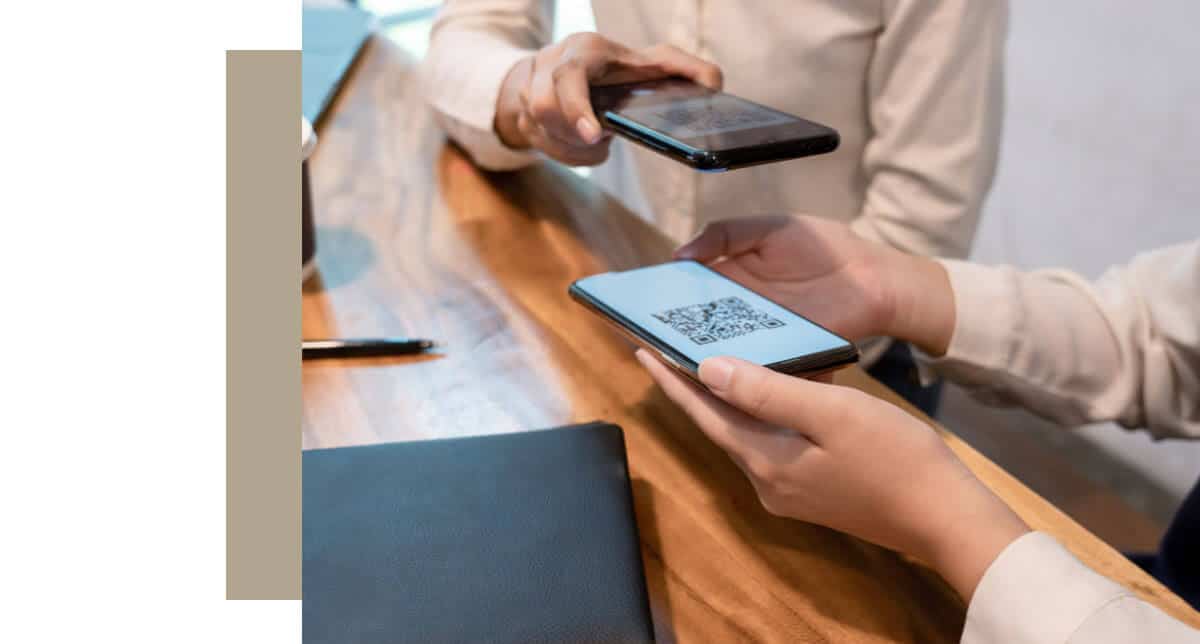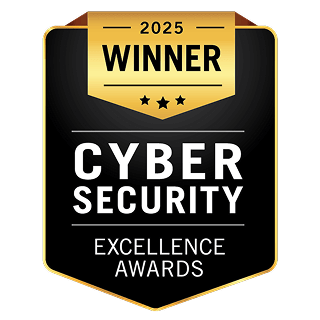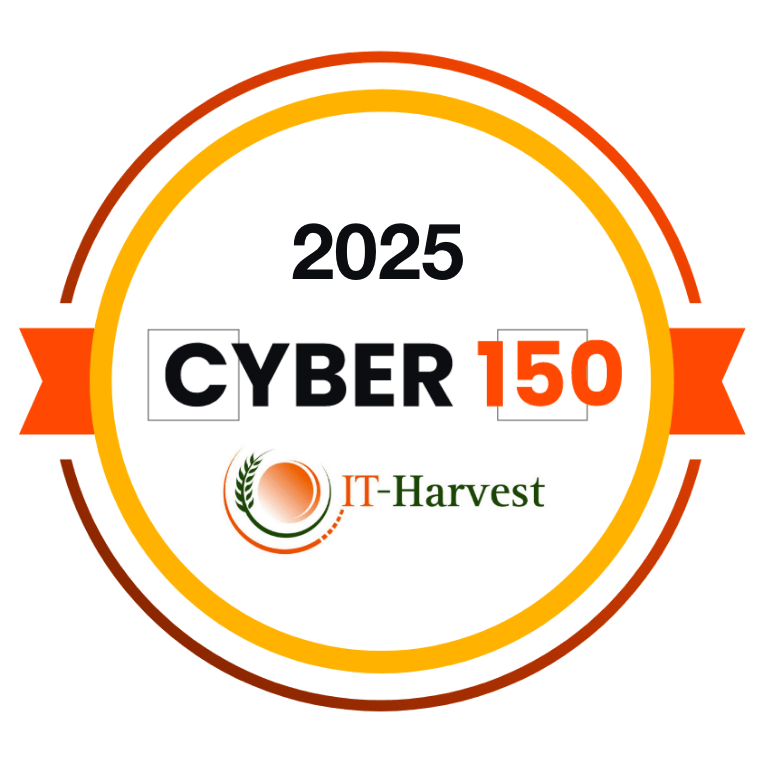Quashing a Silent Threat: Understanding and Defending Against Quishing

As more of our lives go digital, we experience greater convenience and simplify more day-to-day tasks. But those conveniences come at a price, introducing greater risk across our professional and personal digital lives.
Take quick response (QR) codes, which we now embrace for everything from restaurant menus to ticket purchases and event check-ins. QR codes have been around for a while, but gained prominence during the pandemic. We now seamlessly integrate them into our daily lives. This widespread adoption, however, has inadvertently created a new and insidious cybersecurity threat: quishing. It’s a modern twist on an old trick, preying on our newfound comfort and curiosity, making it particularly dangerous for individuals and families alike.
What Is Quishing and Why Should You Be Aware?
Quishing is essentially phishing delivered via a QR code. Just as traditional phishing attempts use deceptive emails to trick you into clicking malicious links or divulging sensitive information, quishing uses a seemingly innocuous QR code to achieve the same goal. Think of it as the digital equivalent of an attacker dropping infected USB drives in a parking lot. Quishing preys on our natural inclination towards convenience and a momentary lapse in caution.
Part of what makes quishing so dangerous is the way we’ve become so accustomed to scanning QR codes for a myriad of purposes that we’ve normalized this action without giving it a second thought. We’ve let our guard down, making us highly susceptible to malicious QR codes embedded in seemingly legitimate contexts – an emerging cybercrime tactic that is proving fruitful for malicious actors.
The threat is real and growing. Attackers can easily generate malicious QR codes that, when scanned, can:
- Redirect you to phishing websites: These sites mimic legitimate ones (e.g., banking portals, social media logins) to steal your credentials.
- Initiate malware downloads: Without your immediate knowledge, scanning a code could trigger the download of viruses, spyware, or ransomware onto your device.
- Execute unwanted actions: Some codes might trigger phone calls, send messages, or connect to rogue Wi-Fi networks without explicit confirmation.
- Enable “brushing” scams: Brushing is another subtle cybercrime tactic where individuals receive unsolicited packages they didn’t order. A malicious QR code is offered as a way to find out who delivered the package while tricking people into providing personal information.
The ease of creating these malicious QR codes, combined with our lack of skepticism when scanning them, makes quishing a potent weapon for cybercriminals – a silent threat lurking in plain sight, often in public spaces where we least expect it.
Protecting Yourself and Your Family From Quishing
Given the increasing prevalence and sophistication of quishing attacks, it’s crucial for everyone – including children and family members who are often eager to scan codes at sporting events or public venues – to exercise caution. Here are essential steps to protect yourself:
- Disable Automatic Actions: Adjust your phone’s settings so that scanning a QR code doesn’t automatically open a link or download a file. This provides a crucial moment for you to review the destination before proceeding.
- Inspect the QR Code: Before scanning, visually inspect the QR code itself. Look for signs of tampering, such as stickers placed over original codes, blurry prints, or codes that seem out of place. If it appears suspicious or has been applied haphazardly, avoid scanning it.
- Manually Input Credentials: A notable convenience of QR codes is the ability to automatically log into a Wi-Fi network, such as at hotels, simply by scanning the code. And while the link may be legitimate, this action enables it to inject data into users’ phones, allowing them to sign in. As a precautionary measure, we recommend manually entering the credentials instead.
- Avoid Unknown or Untrusted Sources: Be extremely cautious about scanning codes from unfamiliar or untrusted sources, especially in public places such as cafes, public transportation, or event venues. If you didn’t explicitly seek out the QR code, think twice before scanning it.
- Verify the URL After Scanning: Once you scan a code, carefully examine the URL that appears – BEFORE you click “open” or “proceed.” Look for misspellings, strange domain names, extra characters, or anything that looks odd. If the URL doesn’t match the legitimate service or brand, close it immediately.
- Keep Devices Updated: Always ensure your smartphone, tablet, and other connected devices are running the latest operating system and application security patches. These updates often include fixes for known vulnerabilities that attackers might try to exploit.
BlackCloak Has a Solution: Your Digital Guardian
The threat of quishing is a growing concern, particularly for high-profile individuals and their families who are frequent targets. To help protect our clients, we’ve taken proactive steps to integrate a secure QR code scanner directly into the BlackCloak mobile application.
This feature enables our members to verify the safety of a QR code’s destination link before taking any action. It’s a small, yet significant, step in our comprehensive approach to luxury cybersecurity and Digital Executive Protection, helping to keep executives and their families safe from evolving and subtle cybercrime tactics. And it’s making a difference. Every month, on average, our QR code scanner alerts on 40-50 malicious links that have been scanned.
In a world where convenience often masks danger, a moment of caution and the right tools can make all the difference. By treating every QR code with the same skepticism you apply to suspicious emails, texts, and other forms of digital communication, you empower yourself and your loved ones to navigate the digital landscape more securely.
Learn more about BlackCloak’s personalized cybersecurity services here.








